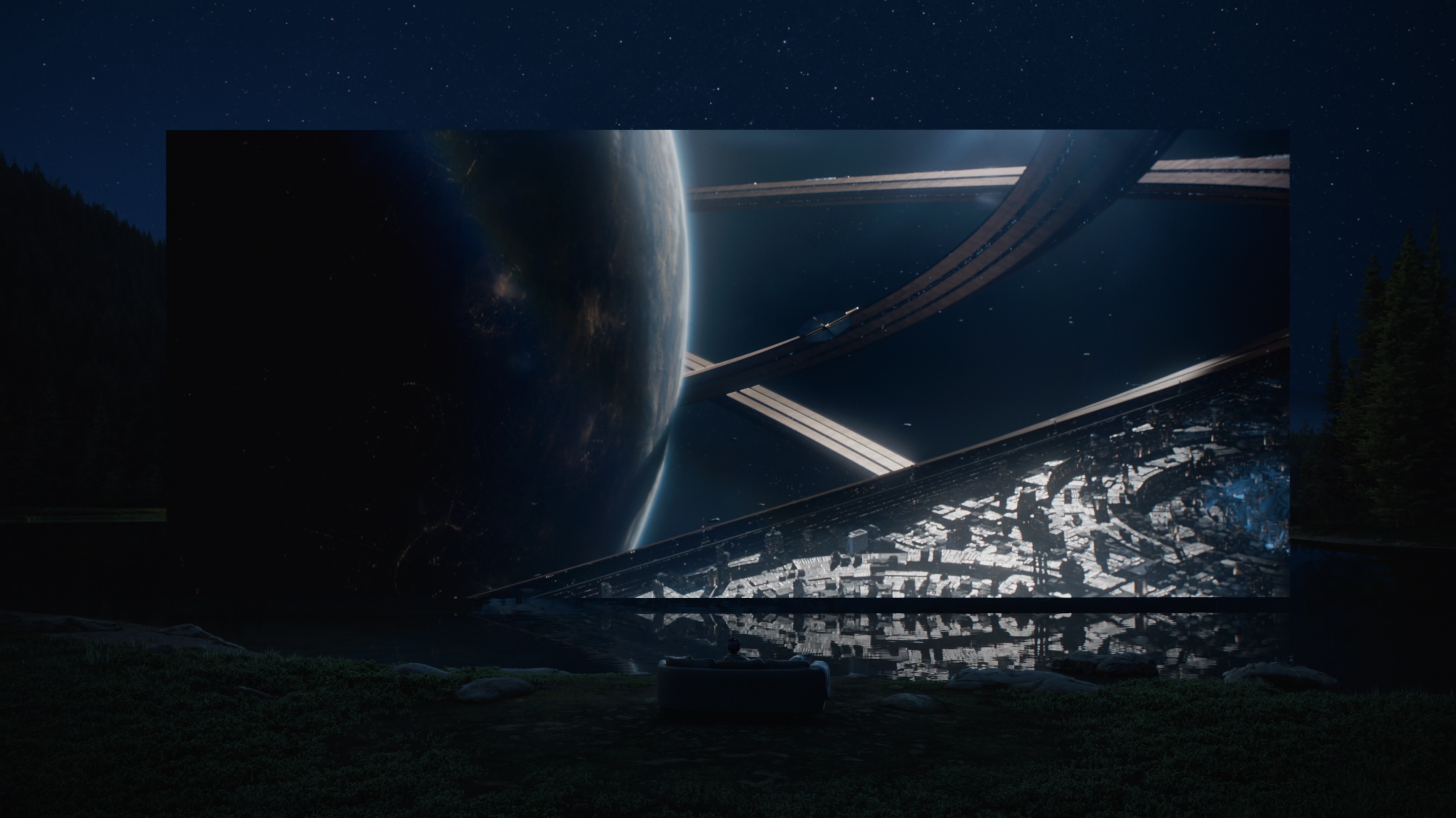Apple's Vision Pro is 'not really particularly relevant' to customers — Netflix explains why it won't have a Spatial Computing app at launch
Vision Pro isn't big enough for Netflix.

When Apple's Vision Pro headset finally goes on sale on February 2 there will be plenty of apps for early adopters to download from the App Store. But Netflix won't be one of them after the video streaming company decided against making a Spatial Computing version of its app designed specifically for the Vision Pro. What's more, Netflix also decided against flicking the switch that would allow Vision Pro owners to use its iPad app on the platform, too.
The latter decision is the most strange, but we now know exactly why Netflix took the former one — there just won't be enough Vision Pro headsets in use to make it worth the company's time to develop a new app. That might change, of course. But right now Netflix co-CEO Greg Peters sees Apple's Vision Pro as being "so subscale that it’s not really particularly relevant to most of our members."
The result? Those Netflix members who splashed at least $3,499 on a new Vision Pro headset will have to resort to tapping away in Safari to visit the Netflix website instead of using an app specially crafted for the job. They'll watch blockbuster Netflix movies and binge-worthy TV shows on the web as if they were watching on their work laptop during their lunch break, not using Apple's big — and expensive — bet on Spatial Computing.
Apple's too 'subscale' for Netflix
Peters was discussing Netflix's Vision Pro stance in an interview with Stratechery's Ben Thompson. The interview wasn't specifically aimed at the Vision Pro, but attention understandably turned to it almost immediately.
Thompson pointed out that it's "a part of Netflix’s ethos to be on every hardware platform" but that Vision Pro won't be included. Peters responded by saying that "even when you note we look at as close to ubiquity on devices perspective, the decisions that lead to that are we try and be very rigorous about, 'What’s the effort to integrate on any given set of devices and what’s the benefit for the members that we serve?'”
Peters went on to say that Netflix has to be "careful about making sure that we’re not investing in places that are not really yielding a return" before adding that the plan is to "see where things go with Vision Pro." Peters also confirmed that Netflix is in discussions with Apple to try and figure out the best course of Action, but he did note that there just aren't enough users to make the time spent creating a Vision Pro app worthwhile.
That could change in the future, of course. If the Vision Pro turns out to be the next big thing, as Apple clearly believes, we can surely expect Netflix and other holdouts like Spotify and YouTube to change their approach to the platform.
Master your iPhone in minutes
iMore offers spot-on advice and guidance from our team of experts, with decades of Apple device experience to lean on. Learn more with iMore!
But while Peters' explanation for the lack of a Vision Pro app makes sense, he didn't explain why the company chose not to launch its iPad app in the visionOS App Store instead.
While unconfirmed, Bloomberg's Mark Gurman suggested on the X social network that Netflix had tried to go the iPad route but it was found that it "looked terrible." He posits that Apple then asked Netflix to create a proper visionOS app and the streamer decided against it.
Whether that's accurate or not, we don't know right now. But we do know that watching Netflix via Safari seems like quite a workaround for a headset that costs at least $3,499. Whether that's a better experience than a sub-par iPad app we will have to wait until February 2 to find out.
More from iMore

Oliver Haslam has written about Apple and the wider technology business for more than a decade with bylines on How-To Geek, PC Mag, iDownloadBlog, and many more. He has also been published in print for Macworld, including cover stories. At iMore, Oliver is involved in daily news coverage and, not being short of opinions, has been known to 'explain' those thoughts in more detail, too. Having grown up using PCs and spending far too much money on graphics card and flashy RAM, Oliver switched to the Mac with a G5 iMac and hasn't looked back. Since then he's seen the growth of the smartphone world, backed by iPhone, and new product categories come and go. Current expertise includes iOS, macOS, streaming services, and pretty much anything that has a battery or plugs into a wall. Oliver also covers mobile gaming for iMore, with Apple Arcade a particular focus. He's been gaming since the Atari 2600 days and still struggles to comprehend the fact he can play console quality titles on his pocket computer.
